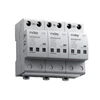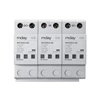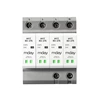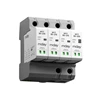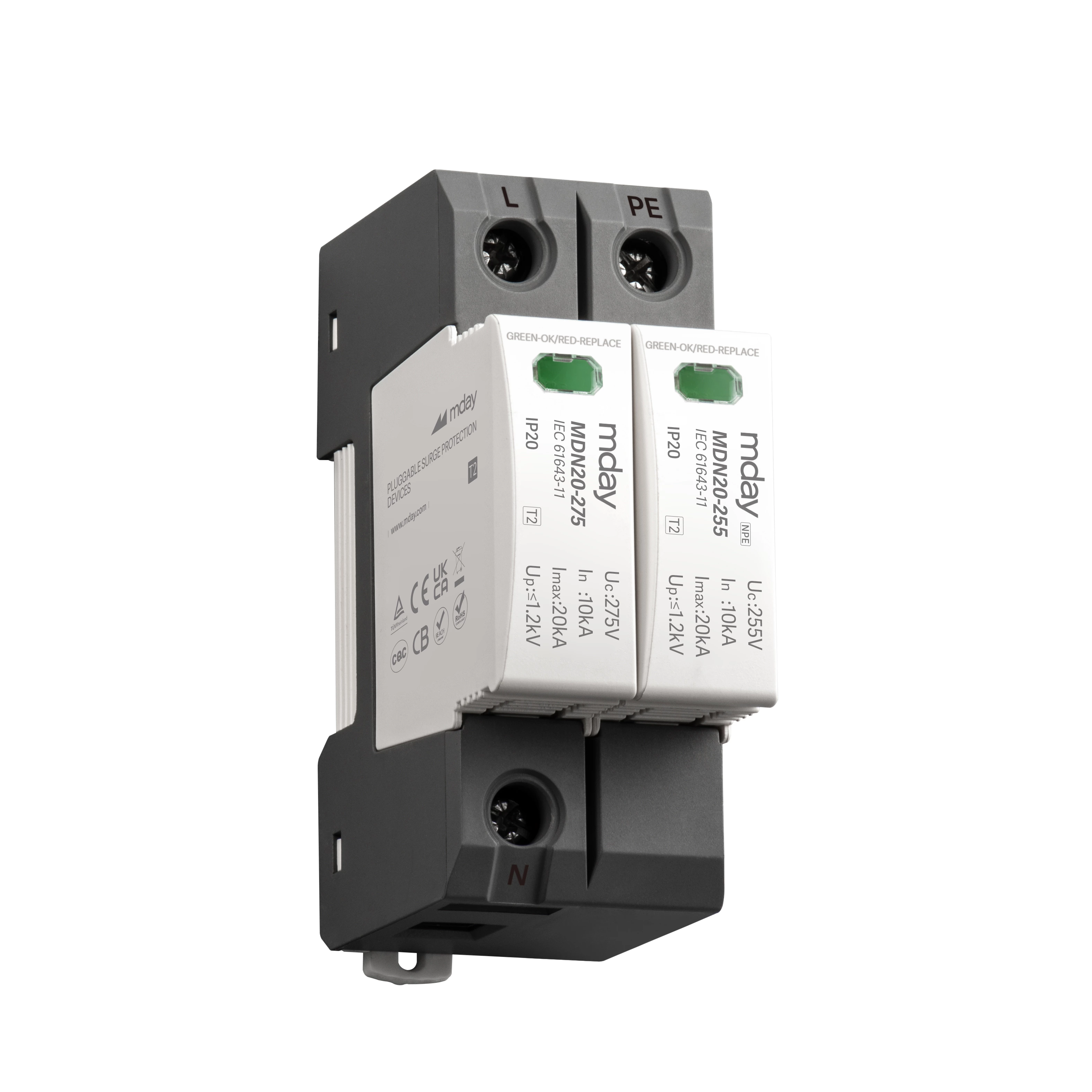Signal Surge Protector Introduction
In GB/T 18802.21-2016, 1.1 standard definition:
Surge protector SPD is a device used to limit the voltage of a specified port when the voltage caused by a surge exceeds a predetermined voltage level. (Auxiliary functions may be included, such as current limiting function to limit the terminal circuit) Usually, the protection circuit contains at least one nonlinear voltage limiting element. The surge protective device is a complete assembly with a connection terminal connected to the circuit conductor.
Surge (telecommunication): A temporary overvoltage or overcurrent, or both, coupled to the telecommunication line from an external power source. Typical power sources are lightning and AC/DC power systems. Electrical coupling has one or more of the following modes: electric field, magnetic field, electromagnetic field, conduction.
The role of these surge protection device is to protect modern electronic equipment connected to telecommunication networks and signal networks with a system nominal voltage of up to AC (alternating current) 1000 V (effective value) DC (direct current) 1500 V.


